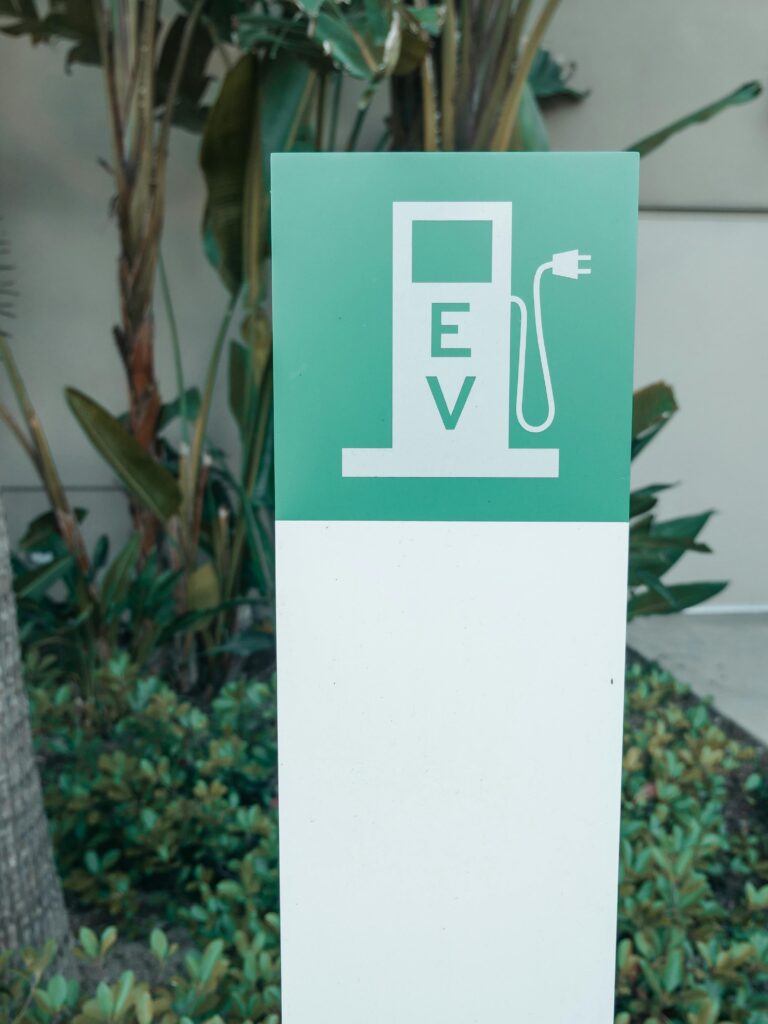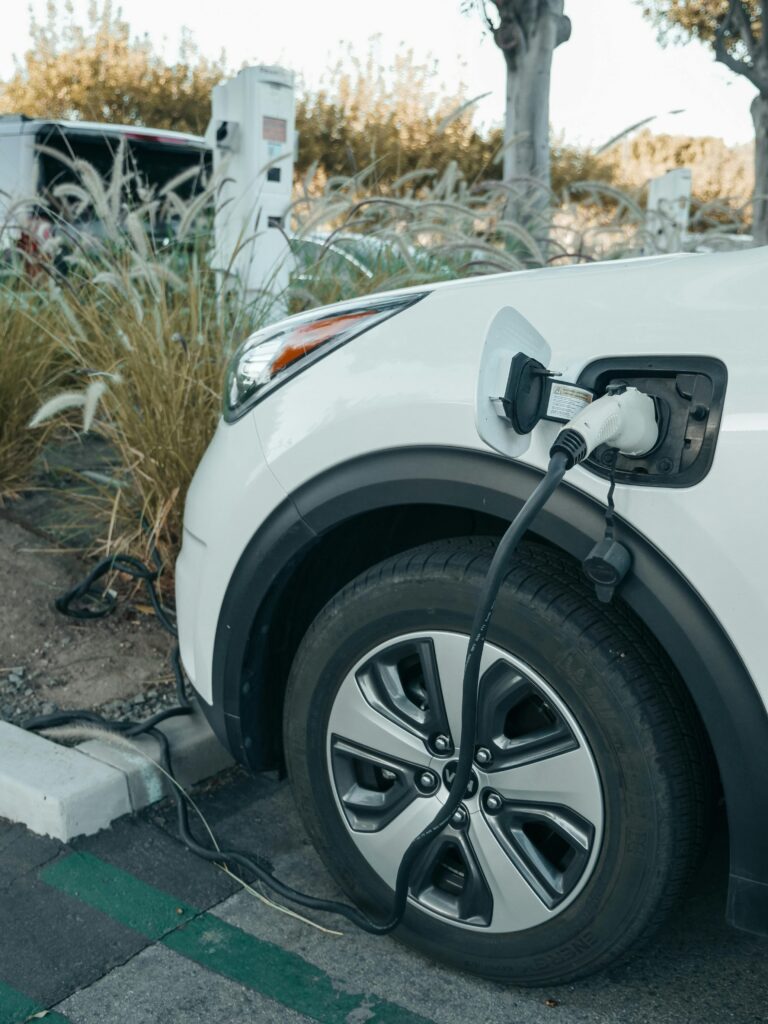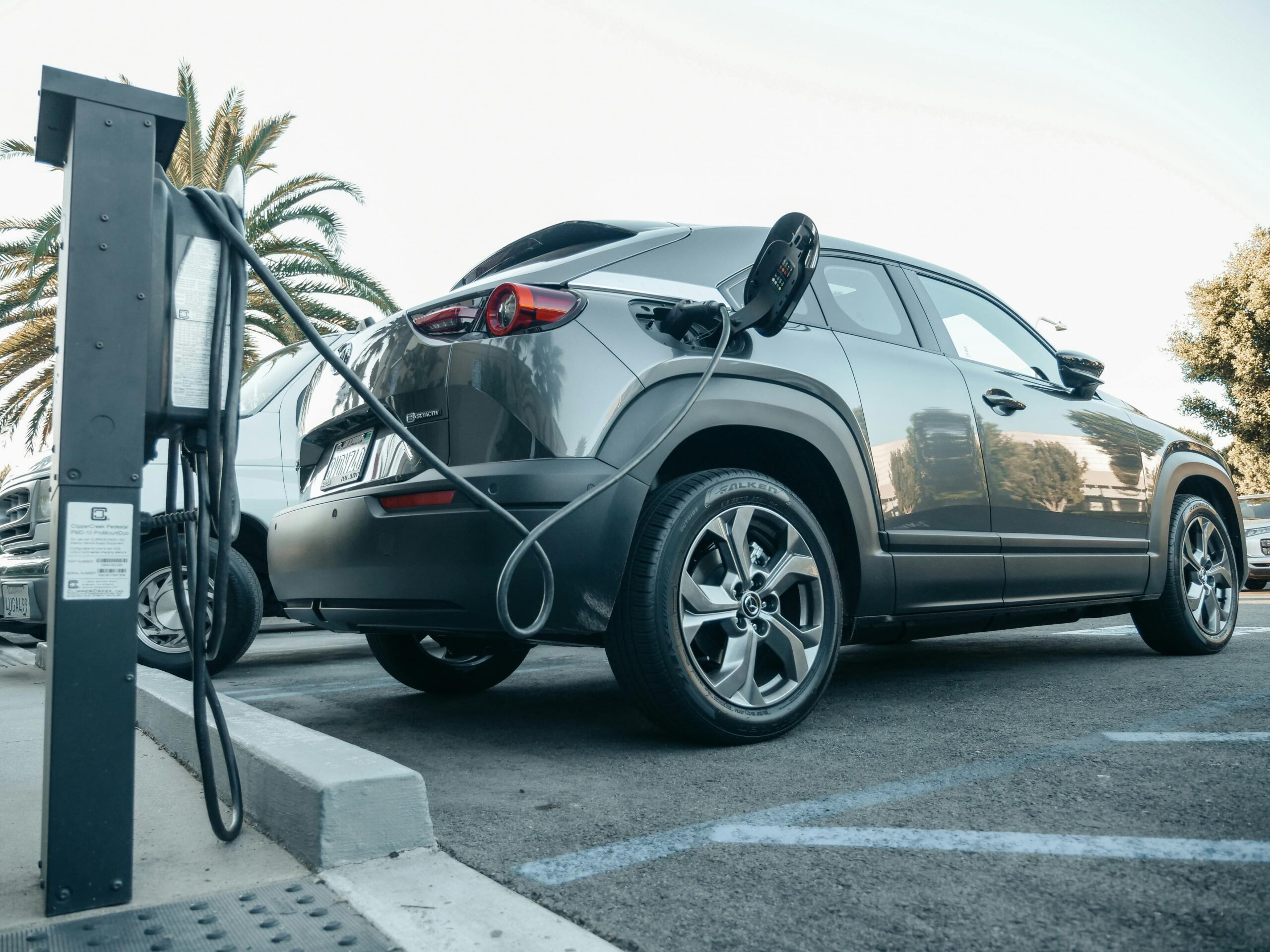EV Tech: What’s New in Electric Vehicle Technology
The Evolution of Electric Vehicles
Electric vehicles (EVs) have come a long way since their inception. From early prototypes to the sleek, high-performance models we see on roads today, the journey of EV development has been nothing short of remarkable. As we delve into the latest advancements in electric vehicle technology, it’s clear that the automotive industry is undergoing a profound transformation.
Battery Innovations: Powering the Future
At the heart of every electric vehicle lies its battery, and recent developments in this area are particularly exciting. Let’s explore some of the most promising battery technologies that are shaping the future of EVs:
Solid-State Batteries
- Increased energy density
- Faster charging times
- Enhanced safety features
Solid-state batteries represent a significant leap forward in EV technology. Unlike traditional lithium-ion batteries, solid-state batteries use a solid electrolyte, which offers several advantages. These batteries can store more energy in the same space, potentially increasing the range of electric vehicles. Additionally, they can charge faster and are less prone to overheating, making them a safer option for EVs.
Silicon Anodes
Another area of battery innovation is the development of silicon anodes. Silicon has the potential to store up to ten times more energy than the graphite anodes currently used in most lithium-ion batteries. While challenges remain in terms of silicon’s tendency to expand during charging, researchers are making progress in addressing these issues through various techniques, such as nanostructuring.

Advanced Charging Solutions
As battery technology improves, so too do charging solutions. The latest developments in EV charging are focused on making the process faster, more convenient, and more accessible:
Ultra-Fast Charging
New charging technologies are emerging that can significantly reduce charging times. Some of the latest ultra-fast chargers can add hundreds of miles of range in just 15-20 minutes, making long-distance travel in EVs more practical than ever before.
Wireless Charging
Wireless charging pads for EVs are becoming increasingly common. These systems use electromagnetic fields to transfer energy from a charging pad to a receiver in the vehicle, eliminating the need for cables. While currently limited to stationary charging, there’s ongoing research into dynamic wireless charging, which could allow EVs to charge while in motion on specially equipped roads.
Autonomous Driving and EVs
The intersection of electric vehicle technology and autonomous driving capabilities is creating exciting possibilities for the future of transportation:
Advanced Driver Assistance Systems (ADAS)
Many modern EVs come equipped with sophisticated ADAS features, including:
- Adaptive cruise control
- Lane-keeping assistance
- Automated parking
These systems not only enhance safety but also improve energy efficiency by optimizing driving patterns.
Full Self-Driving Capabilities
Some EV manufacturers are pushing the boundaries of autonomous technology, working towards full self-driving capabilities. While regulatory and technical challenges remain, the potential for fully autonomous electric vehicles could revolutionize personal transportation and logistics.
Lightweight Materials and Aerodynamics
Improving the efficiency of electric vehicles isn’t just about better batteries and motors. Manufacturers are also focusing on reducing weight and enhancing aerodynamics:
Advanced Composites
Carbon fiber and other advanced composite materials are being used more extensively in EV construction. These materials offer excellent strength-to-weight ratios, helping to offset the weight of battery packs and improve overall vehicle efficiency.
Active Aerodynamics
Some EVs now feature active aerodynamic elements, such as adjustable spoilers or grille shutters, which can adapt to different driving conditions to minimize drag and maximize range.
Vehicle-to-Grid (V2G) Technology
One of the most intriguing developments in EV tech is the concept of vehicle-to-grid integration:
Bidirectional Charging
V2G technology allows EVs to not only draw power from the grid but also feed power back when needed. This capability could help stabilize the electrical grid during peak demand periods and potentially provide backup power during outages.
Smart Grid Integration
As V2G technology advances, EVs could become an integral part of smart grid systems, helping to balance energy supply and demand on a large scale.

The Road Ahead for EV Technology
As we look to the future, it’s clear that electric vehicle technology will continue to evolve at a rapid pace. From improvements in battery chemistry to advancements in charging infrastructure and autonomous capabilities, the EV landscape is set for further transformation.
“The future of transportation is electric, autonomous, and connected.” – Industry Expert
While challenges remain, particularly in areas such as raw material sourcing and infrastructure development, the momentum behind electric vehicle technology shows no signs of slowing. As these technologies mature and become more widespread, we can expect to see EVs that are not only more efficient and capable but also more affordable and accessible to a broader range of consumers.
In conclusion, the world of electric vehicle technology is vibrant and rapidly evolving. From groundbreaking battery innovations to advanced autonomous features, the latest developments in EV tech are paving the way for a cleaner, more efficient, and more connected transportation future. As researchers and manufacturers continue to push the boundaries of what’s possible, we can look forward to even more exciting advancements in the years to come.



